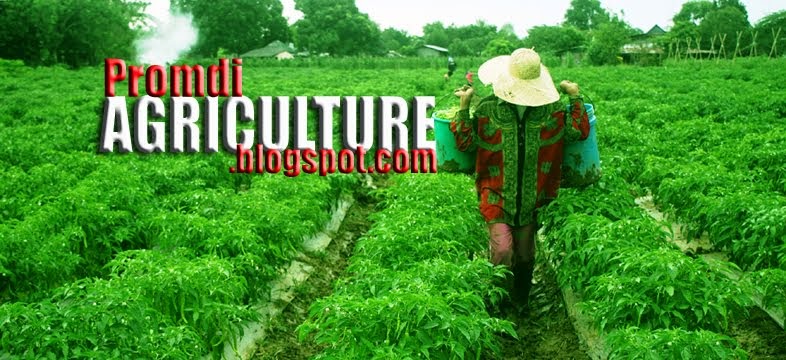Engr. Flora Mae D. Respicio, principal engineer of
M’lang/Malasila River Irrigation Systems (MLARIS), said controlled irrigation,
a practical technique on saving irrigation water without decreasing yield,
enabled farmers to share water supply with rice tillers owning farms in downstream.
In controlled irrigation, observation wells are used to
monitor the status of water to help farmers determine the appropriate amount of
water and timing of irrigation. Meanwhile, synchronous planting within one
month is recommended to avoid the overlapping occurrence of pests and diseases.
“We used to implement 3-4-days irrigation interval but it
caused conflicts among farmers because the water supply only reaches the
mid-streams resulting in late planting or no planting in downstream. From this
schedule, we shifted to 7-days irrigation interval,” she said in a field day
recently conducted by PhilRice station based in Midsayap, North
Cotabato .
Respicio said LIDANAMA Irrigators` Association members
initially had apprehensions following the new schedule as they are used to
seeing their fields immersed with water.
“Through controlled irrigation, farmers are confident that
nothing will happen to their rice plants after seven days of no water release.
Now, the 1,660 ha of LIDANAMA Irrigators` Association were planted
synchronously based on 2012 dry season cropping calendar,” she said.
About 175 rice farmers in the seven irrigators’ association
covered by MLARIS had adopted controlled irrigation. With its adoption,
Respicio said the National Irrigation Administration (NIA) in Region 12 will
form core trainers who will implement the technology in a wider scale.
DA-PhilRice is a government-owned and –controlled
corporation that aims at developing high-yielding, cost-reducing, and
environment-friendly technologies so farmers can produce enough rice for all
Filipinos.
For more information, please visit or contact DA-PhilRice at
Maligaya, Science City of Muñoz, Nueva Ecija with telephone number (044)
456-0285 loc 511/512 or any PhilRice station near you. You may also text your
questions to 0920-911-1398.

